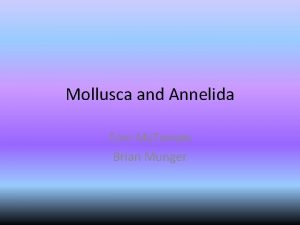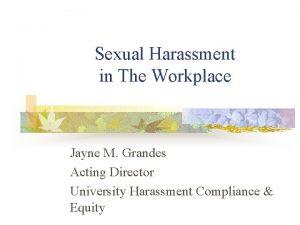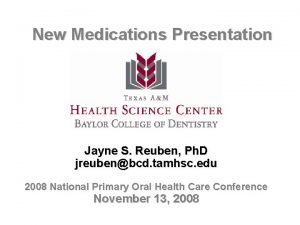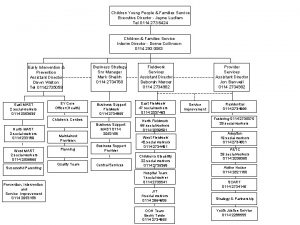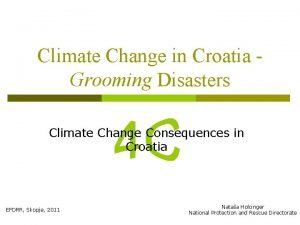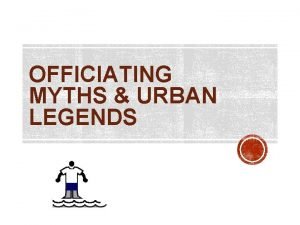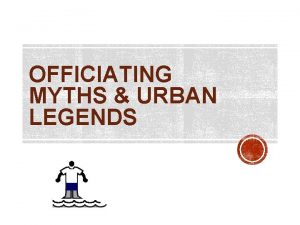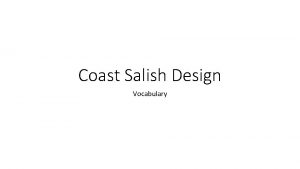Southwestern coast of Croatia Jayne Munger Legends Golf

















- Slides: 17


Southwestern coast of Croatia Jayne Munger

Legends Golf & Safari Resort Xtreme 19 th Hole Joe Tagliente

WEATHERING and the BREAKDOWN of ROCKS SOIL STRUCTURE Surface of soil experiences greatest weathering. Exposed to weathering environment. Weathering zones develop below the surface as water leaches (dissolves) substances from upper layers and are then transported downwards. Typically deposited or precipitated in lower soil layers. Upper parts lose materials while lower parts gain. Each distinct weathering zone represents a SOIL HORIZON. The vertical succession of SOIL HORIZONS is called a SOIL PROFILE.

WEATHERING and the BREAKDOWN of ROCKS SOIL STRUCTURE Temperate Zone Soil Profile Generally 5 soil horizons O A E B C Parent Material

WEATHERING and the BREAKDOWN of ROCKS SOIL STRUCTURE O HORIZON O Horizon is the “organic” horizon. Consists of organic matter. Contains abundant life. Adds CO 2 and organic acids to soil.

WEATHERING and the BREAKDOWN of ROCKS SOIL STRUCTURE A HORIZON is composed of organic matter mixed with HUMUS is a dark-colored, carbon-rich material made of decomposed organics from O Horizon. Thickness depends on amount of organic matter in soil. Tropical regions have thicker A horizons.

WEATHERING and the BREAKDOWN of ROCKS SOIL STRUCTURE E HORIZON is a light-colored zone below the A horizon. E stands for ELUVIATION, a process by which water removes material from soil. Little or no organic matter. Iron and aluminum compounds are removed. Water transports them downward to lower horizons.

WEATHERING and the BREAKDOWN of ROCKS SOIL STRUCTURE B HORIZON is the zone of ILLUVIATION. B HORIZON is the zone where most transported materials accumulate.

WEATHERING and the BREAKDOWN of ROCKS SOIL STRUCTURE CALICHE occurs in or near the B horizon in arid to semi-arid regions. Represents the depth to which rainfall penetrates. Brings Ca. CO 3 downward. When water evaporates, Ca. CO 3 is deposited.

WEATHERING and the BREAKDOWN of ROCKS SOIL STRUCTURE C HORIZON is the lowest zone of significant weathering. Composed of partially weathered parent material. May have evidence of oxidation from O 2 -rich groundwater. Very thin where there is little chemical weathering (deserts). Up to 100 m in warm, wet tropical climates.

WEATHERING and the BREAKDOWN of ROCKS SOIL STRUCTURE PARENT MATERIAL Below the C horizon is unaltered parent material from which the overlying REGOLITH and SOIL have been derived.

WEATHERING and the BREAKDOWN of ROCKS PALEOSOLS are buried soils that predate modern soil development. They presumably formed under conditions different than today. Paleosols can be used to interpret ancient climates.

SEDIMENTATION AND SEDIMENTARY ROCKS SEDIMENT Rock fragments that settle down and accumulate, typically in layers, after being transported by water, wind, ice, or precipitating out of solution in water. SEDIMENT is the product of weathering and erosion. SEDIMENT is converted to SEDIMENTARY ROCK.

SEDIMENTATION AND SEDIMENTARY ROCKS SEDIMENTARY ROCK Makes up only the top thin layer of the Earth’s crust. By volume, sedimentary rocks are only 5% of the Earth’s outer 15 km. Sedimentary rocks constitute 75% of the rocks EXPOSED at the Earth’s land surface. Sedimentary rocks are the principal source of Coal, oil and natural gas Iron and aluminum ore Building material Underground freshwater Provide a record of past geologic environments and life.

SEDIMENTATION AND SEDIMENTARY ROCKS ORIGINS OF SEDIMENTARY ROCKS Mechanical weathering degrades rock into smaller fragments. Chemical weathering degrades unstable rocks and minerals into stable byproducts via chemical reactions. Study of SEDIMENTARY ROCKS considers what happens to these newly created particles.

SEDIMENTATION AND SEDIMENTARY ROCKS ORIGINS OF SEDIMENTARY ROCKS Sediments are classified according to the source of the particles. Clastic or Detrital sediment is composed of transported solid particles. Chemical sediment occurs when dissolved minerals are precipitated from solution. Organic sediments are fragments of skeletal material. Organisms extract minerals from seawater for skeletons.
 Brian munger
Brian munger Philosophy, politics and economics michael munger
Philosophy, politics and economics michael munger Michael munger duke
Michael munger duke Jayne phillips
Jayne phillips Jayne grandes
Jayne grandes Jayne masters
Jayne masters Christopher jayne
Christopher jayne Sirolimus rapamune
Sirolimus rapamune Jayne van bramer
Jayne van bramer Young executive
Young executive Rbsab
Rbsab Disney corporate structure
Disney corporate structure Jayne brookman
Jayne brookman Croatia osiguranje prijenos bonusa
Croatia osiguranje prijenos bonusa Croatia climate
Croatia climate Ministry of agriculture croatia
Ministry of agriculture croatia Longest river in croatia
Longest river in croatia Croatia minimum wage
Croatia minimum wage
